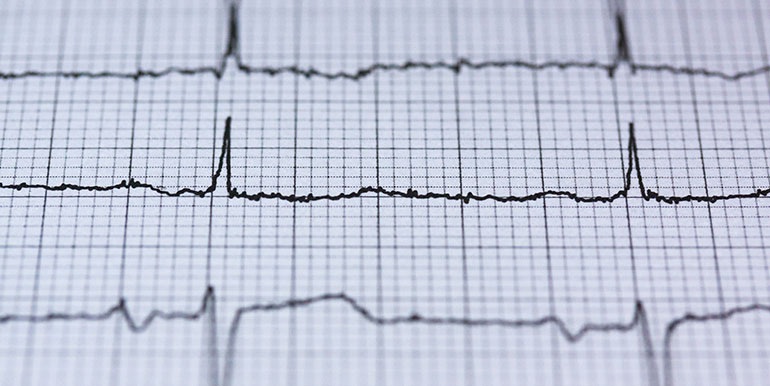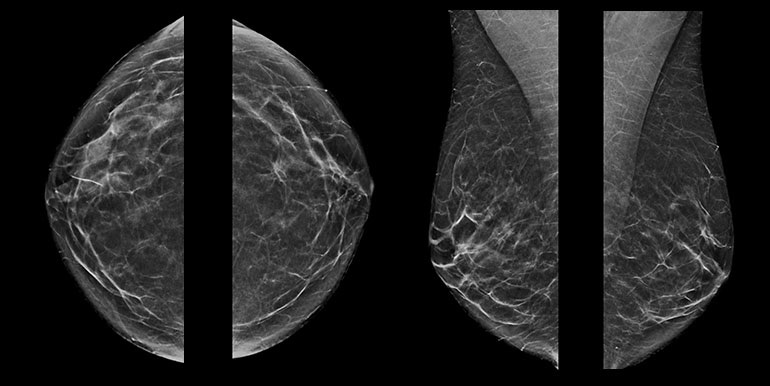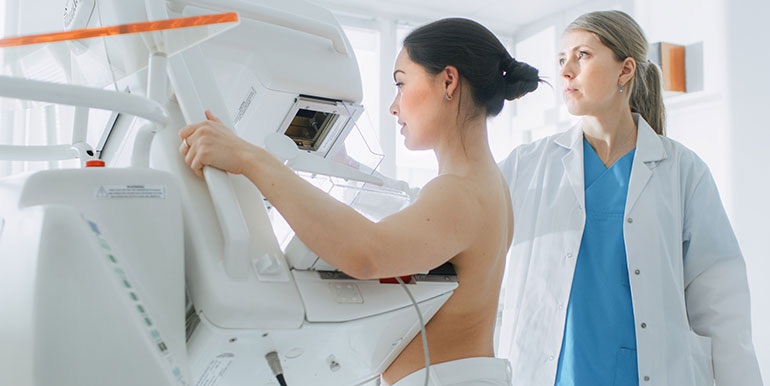Heart disease risk after breast cancer radiotherapy smaller than previously thought
Researchers have for the first time calculated by how much radiotherapy for breast cancer increases the risk of heart disease and the findings can now be used by doctors to help treat patients more appropriately, according to a study published in the New England Journal of Medicine [1].
Image credit: Pixabay (pexels.com)
The research, by scientists at the University of Oxford and in Scandinavia, looked at over 2,000 women treated with radiotherapy in Denmark and Sweden. They found that the risk of radiation-related heart disease was real, but that for most women it was small.
It has long been known that radiotherapy reduces the risk of breast cancer returning for many women after it has been removed by surgery. But the heart usually receives some incidental radiation exposure during this treatment, particularly if the cancer is in the left breast or if the lymph nodes inside the chest are irradiated.
Until now, doctors have been uncertain as to whether modern radiotherapy still increased the risk of heart disease and, if it did, how big the risk was. This research has, for the first time, produced a dose-response relationship for ischaemic heart disease, which is the commonest form of heart disease.
This means that doctors will be able to predict the size of the risk for each woman by calculating the amount of radiation that reaches the heart and assessing the woman’s other cardiac risk factors.
This study was supported by funding to the Oxford University Clinical Trial Service Unit from Cancer Research UK, the British Heart Foundation, and the Medical Research Council and by grants from the European Commission and the Department of Health.
Professor Sarah Darby, study author at the University of Oxford, said: “We carried out this work because doctors could not reliably estimate the risk of heart disease in women treated with radiotherapy for breast cancer. Doctors can now estimate the risk and know that in most cases it will be very small so that they can reassure their patients. In addition, the few women for whom radiotherapy poses undue risk can now be identified, so that alternative techniques can be considered.”
Dr Carolyn Taylor, another study author at Oxford University’s Clinical Trial Service Unit, added “Already our work is being used in cancer centres throughout the world and we’ve heard it’s making a difference to patients. It’s important to remember that for most women treated today the benefits of breast cancer radiotherapy far outweigh the risks.”
The amount of radiotherapy given is measured in Gray (Gy). For women with right-sided breast cancer most radiotherapy regimens expose the heart to one or two Gy. For left-sided breast cancer, the amount that reaches the heart varies widely but is usually higher.
But this does not necessarily mean that a woman will have a substantial risk of heart disease if she has radiotherapy. For example, for a 50 year old woman who receives a heart dose of three Gy during radiotherapy, her risk of dying from ischaemic heart disease by the time she is 80 would increase from 1.9 to 2.4 per cent.
There are a few women for whom radiotherapy would cause a substantial increase in the risk of heart disease if radiotherapy is given in the usual way. This includes women who are already at increased risk of heart disease (particularly those who have already had a heart attack) and women for whom the distance between the heart and the chest wall is very small. This research enables such women to be identified, so that alternative radiotherapy techniques can be considered.
Kate Law, director of clinical research at Cancer Research UK: “Radiotherapy is a very effective treatment for breast cancer and has played a major role in improving survival for the disease to over 85 per cent. This research means that doctors will be able to reassure most women that the risk of heart disease from radiotherapy is small. Also, for the first time, women who would be at substantial risk if they had radiotherapy can be identified and alternative techniques considered.”
Reference
- Darby, S. C., Ewertz, M. et al. (2013). Risk of ischemic heart disease in women after radiotherapy for breast cancer New England Journal of Medicine DOI: 10.1056/NEJMoa1209825
klíčová slova: breast cancer, radiotherapy, heart disease risk





